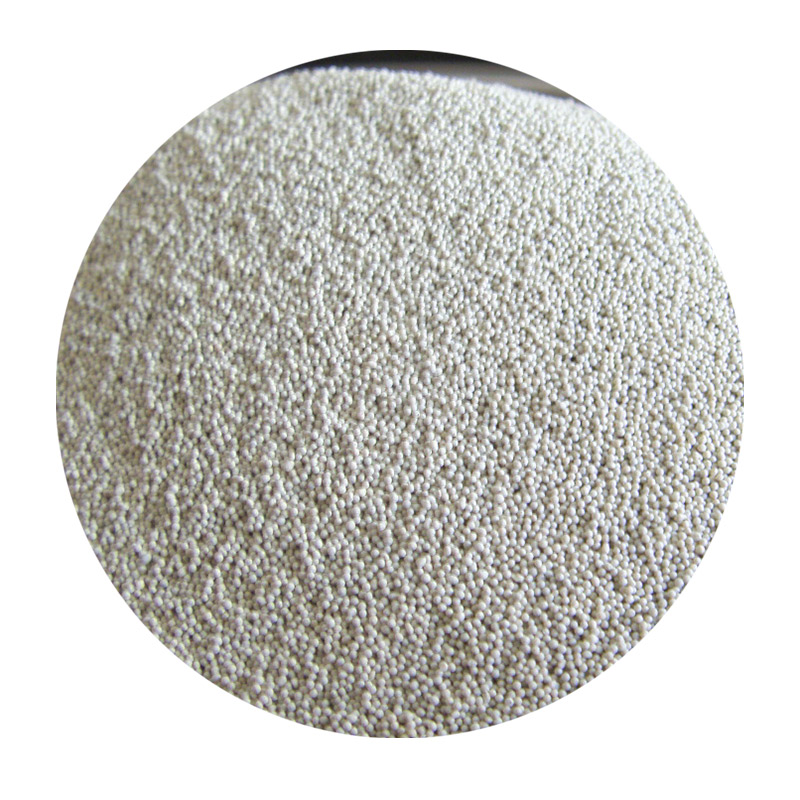Understanding the Cost of 3D Sand Printers A Comprehensive Guide
In the evolving landscape of manufacturing and prototyping, 3D printing technology has taken center stage. Among the various types of 3D printing technologies, 3D sand printing, which utilizes sand as the primary material, offers unique capabilities that have garnered significant interest from industries such as automotive, aerospace, and architecture. As businesses increasingly seek alternative production methods for complex designs and rapid prototyping, understanding the costs associated with 3D sand printers becomes crucial for informed decision-making.
What is 3D Sand Printing?
3D sand printing refers to an additive manufacturing process where sand is layered and bound together to create molds for casting metal components. This technique is particularly beneficial for industries that require intricate designs that traditional manufacturing methods might struggle to achieve. The process allows for high customization, minimizing waste, and reducing the overall turnaround time for production.
Factors Influencing the Price of 3D Sand Printers
When considering the purchase of a 3D sand printer, several factors come into play that influence the overall cost
1. Technology and Capability Different 3D sand printers come with varying technologies, such as binder jetting and sand casting, which can affect their price. More advanced printers that offer higher precision, faster production speeds, and larger build volumes typically command higher prices.
2. Brand and Manufacturer Reputable brands with a proven track record in the industry often charge a premium for their machines. However, investing in a well-known brand can provide added benefits, such as better support, maintenance services, and more reliable technology.
3. Materials and Consumables The type of sand and binding agents used in the printing process can also impact the overall costs. High-quality materials might come at a premium but can significantly enhance the finished product's quality and durability.
3d sand printer price

4. Maintenance and Running Costs Operating a 3D sand printer requires ongoing maintenance, repairs, and consumables, which contribute to the overall lifetime cost. It's essential to factor these costs into your budget when considering a purchase.
5. Training and Support Many manufacturers offer training packages to help users effectively operate and maintain their 3D sand printers. The cost of these training sessions should also be considered, as well as the availability of customer support.
Price Range
The price of 3D sand printers can vary widely based on the factors mentioned above. Entry-level models suitable for small-scale operations may start from around $50,000 to $150,000. Mid-range printers, designed for more advanced applications and capable of offering better performance and output quality, generally fall within the range of $150,000 to $300,000. High-end industrial machines, equipped with cutting-edge technology and capable of producing large volumes with unparalleled precision, can easily exceed $500,000, sometimes reaching into the millions for fully automated systems.
Return on Investment (ROI)
For companies contemplating the purchase of a 3D sand printer, careful consideration of ROI is essential. While the initial investment may be substantial, the benefits of reduced lead times, improved design flexibility, and lower material waste can lead to significant long-term savings. Moreover, businesses engaged in high-volume production can greatly enhance their competitiveness by adopting this technology, reducing costs associated with traditional manufacturing methods.
Conclusion
In conclusion, the price of 3D sand printers varies significantly based on various factors, including technology, brand, performance capabilities, and operational costs. As industries continue to embrace additive manufacturing for its numerous advantages, understanding the financial implications is critical. Careful analysis of both initial investment and ongoing operational costs will enable businesses to make informed decisions that align with their production goals. The future of manufacturing lies in innovation, and investing in the right technology can unlock new levels of efficiency, creativity, and profitability.
Post time:дец . 16, 2024 11:55
Next:applications of sand casting
